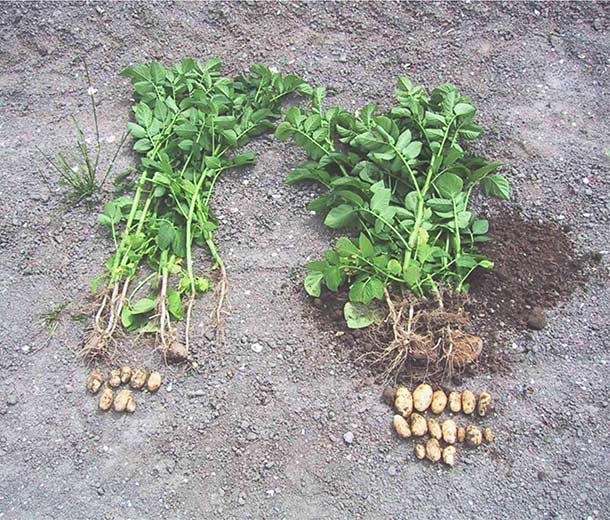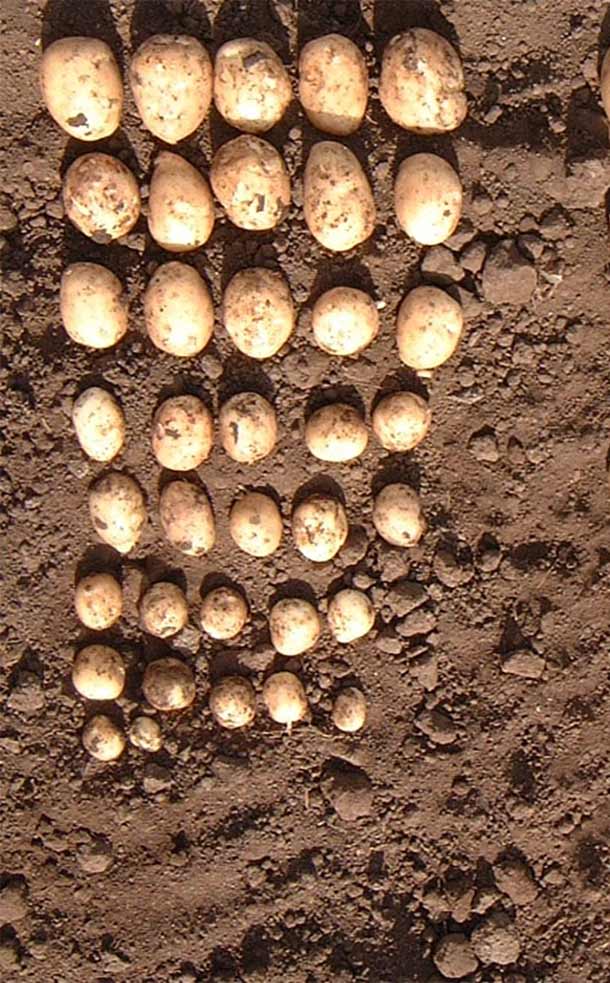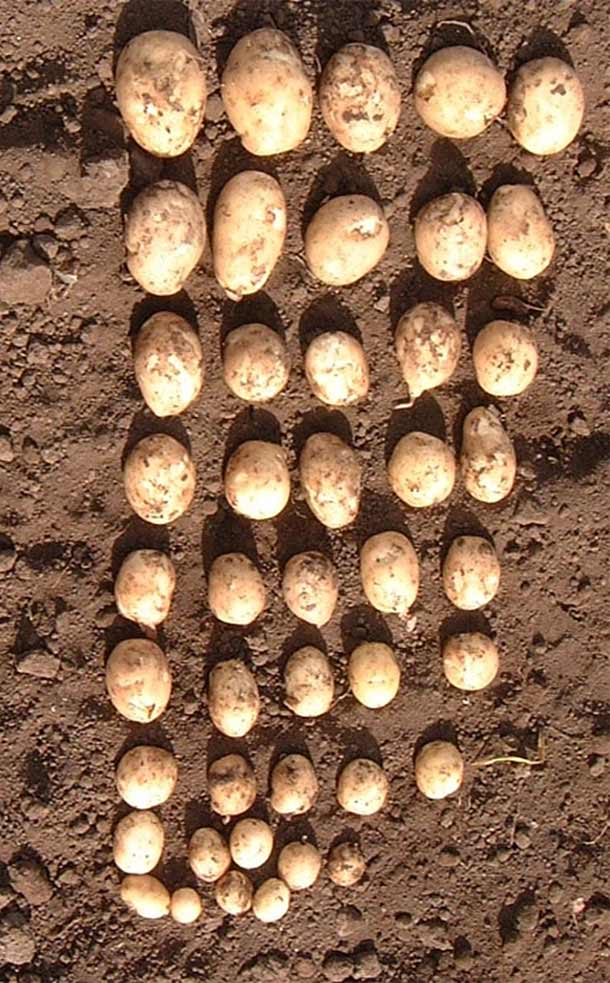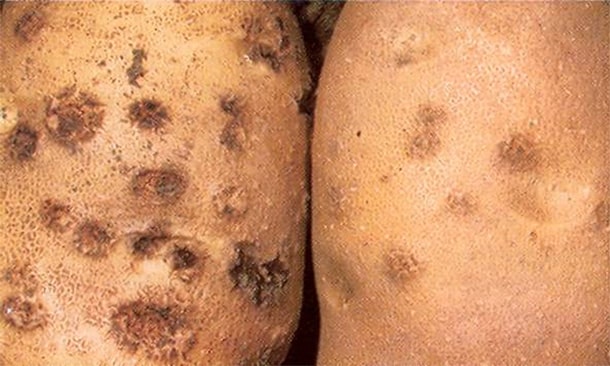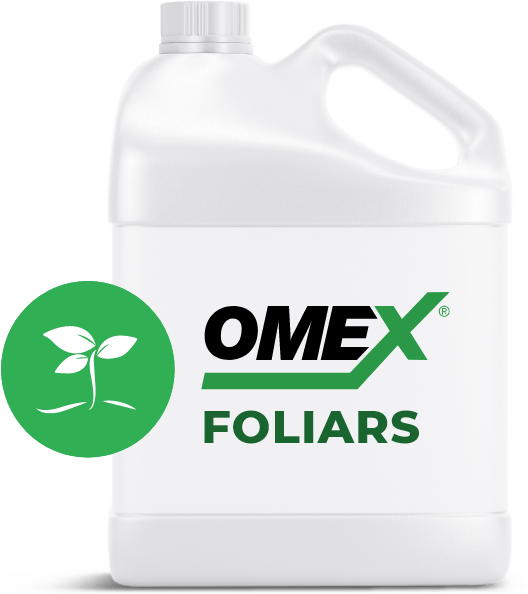
Zintake


Revolutionizing Phosphorus and Zinc Nutrition
ANALYSIS (0-26-4 WITH 9% ZN)
What is It?
- Highly concentrated formula with Phosphorus, Potassium and Zinc.
- Low salt index foliar fertilizer.
- Formulated for fast absorption and long-lasting effect.
- Also available with the Stress Reliever Technology™ for use at herbicide timing on pulses.
- The product is available in 10L jugs, 450L and 1000L IBC’s.
When & Why Use It?
- Early in the season when the conditions are wet and cold to make Zinc less readily available.
- With the Stress Reliever Technology™ for use at herbicide timing on pulses.
- Late in the season especially on durum wheat and flax prone to accumulate cadmium if soil Zinc is deficient.
- To mitigate or correct zinc deficiency in crops grown under low Zinc in the soil, high pH soils, high organic matter soils, light textured and sandy soils, in heavy manured or lime soils, and waterlogged soils.
- For biofortification, especially for seed growers to produce vigorous seed.
What to Expect?
- Zintake increases Zinc content in the tissue and Zinc content and proteins in the seed.
- Zintake improves crop vigor and health, and increases the crop’s metabolism to better cope with environmental stresses.
- Zintake improves crop production, yield and quality.
- Zintake decreases Cadmium levels in the seed (i.e. durum wheat and flax).
Size Options

Tote

10L
Application Guidelines
- Recommended on a wide variety of crops.
- 1-2 L/ac in 5-10 US gal/ac of water.
- Can be combined with commonly used pesticides (check compatibility charts).
Findings
2016 – Heavy clay – Manitoba
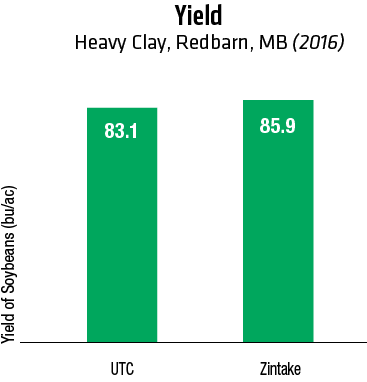
2009
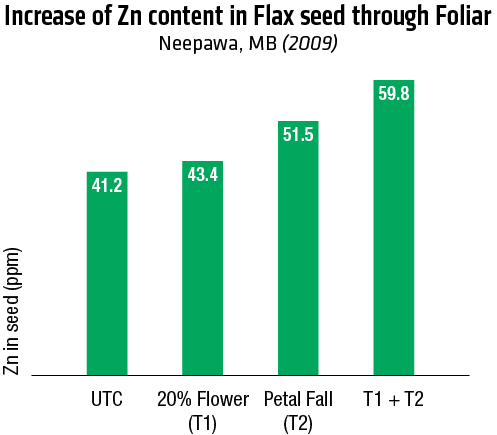
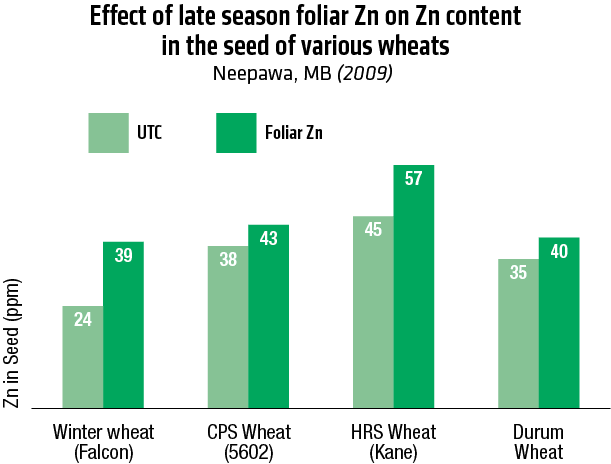
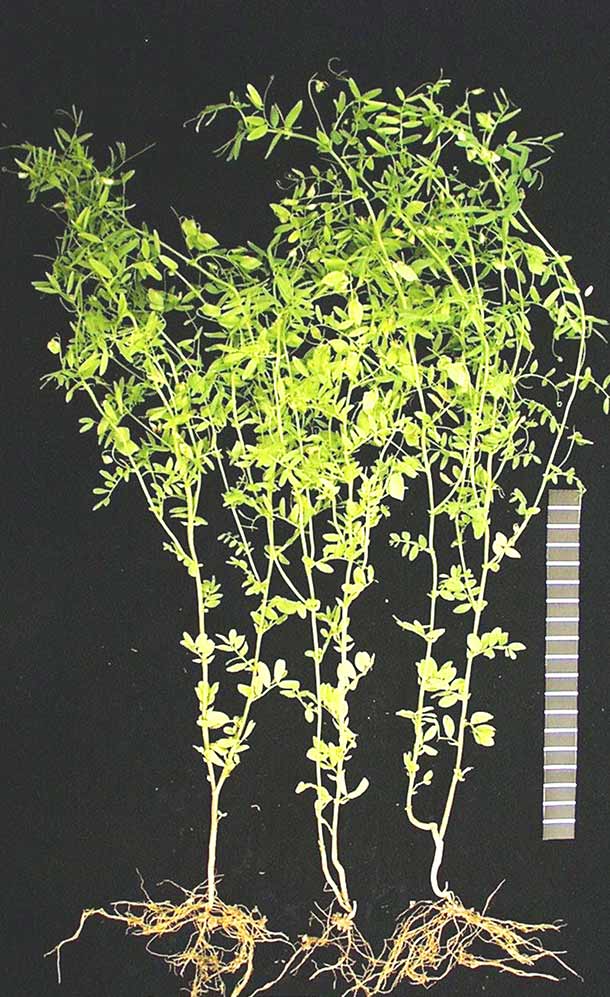
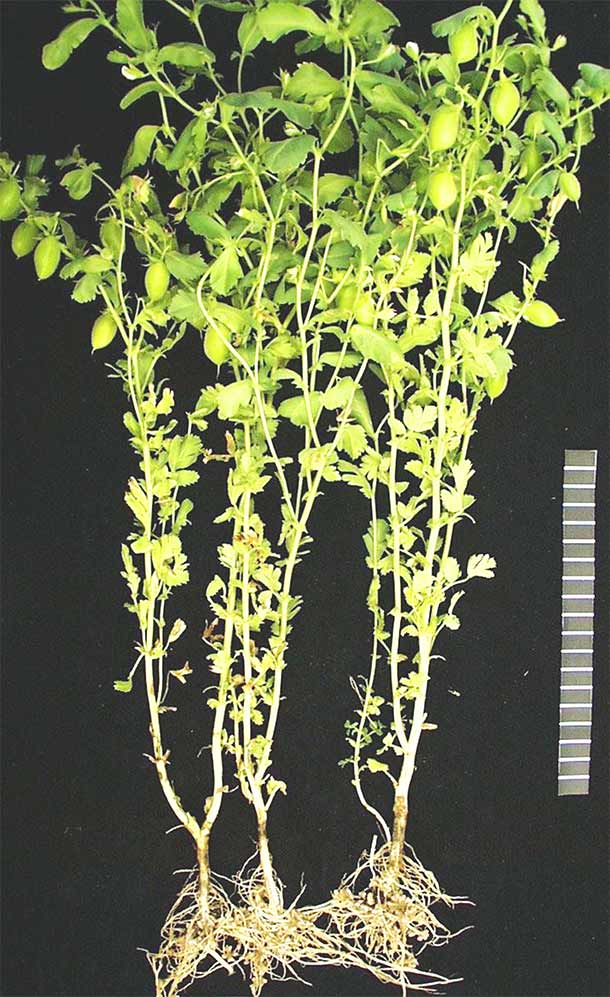
2008
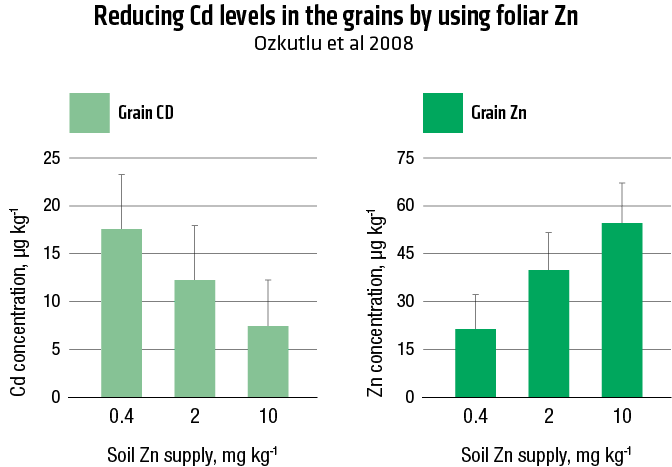
2005 – Zinc Mobilization During Germination
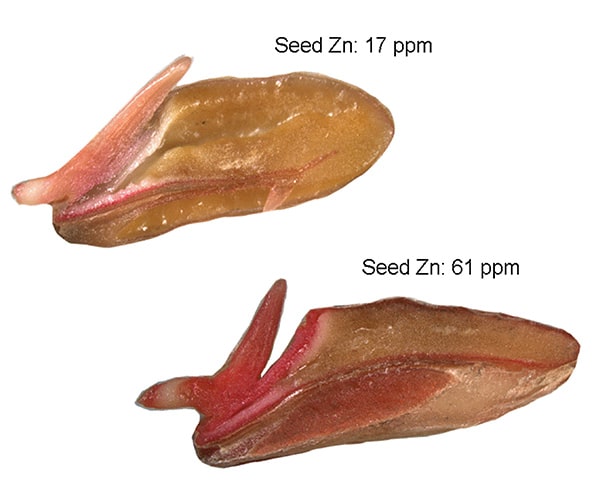
Additional
